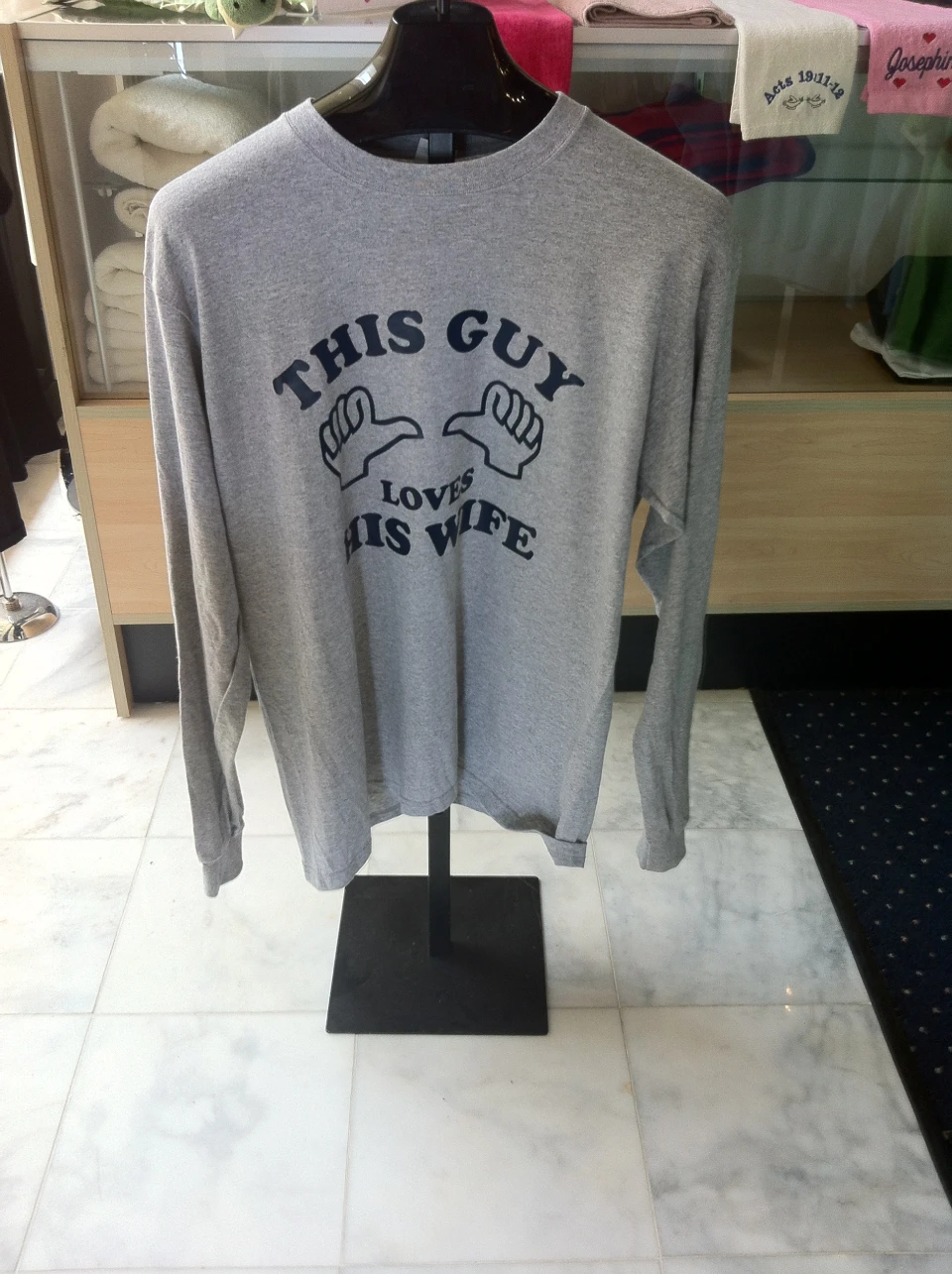Stylish Monogramming on Towels for a Touch of High-end
Stylish Monogramming on Towels for a Touch of High-end
Blog Article
The Art of Custom Embroidery: Opening the Secrets to Creating Distinct and Unforgettable Layouts
The keys to developing customized needlework layouts that astound the eye and leave an enduring perception lie in a delicate balance of method, creativity, and attention to information. As we dig into the globe of custom-made embroidery, we reveal the nuanced interaction between string selection, sew complexity, and design customization that raises a mere garment to a work of art.
Choosing the Right Needlework Threads
When selecting needlework threads, what crucial factors should you think about to guarantee the very best results for your personalized designs? The option of needlework thread is crucial in identifying the last outcome of your embroidered design. Among the primary considerations is the product of the string. Various products such as cotton, polyester, rayon, and silk supply varying levels of shine, durability, and structure. It is important to choose a string product that complements the material you are stitching on and aligns with the preferred look of the style.
Thicker strings can add measurement and appearance to your style, while finer threads are excellent for complex details and small message. Furthermore, thinking about the color fastness and washability of the string is vital to make sure that your customized layouts keep their top quality and vibrancy over time.
Checking Out Various Stitch Strategies
To explore the world of 'Exploring Various Stitch Methods', one must comprehend the complexities and nuances that each sewing approach offers the art of embroidery. Various stitch techniques not just add visual interest yet also add to the overall structure and dimension of the design. One prominent stitch strategy is the satin stitch, which includes very closely packed parallel stitches to create a smooth and shiny surface, perfect for filling out shapes and developing strong describes.
On the various other hand, the backstitch is a versatile method usually used for describing and adding fine information. It entails stitching backwards to produce a strong line of needlework. In addition, the French knot stitch adds a tactile aspect to styles, best for developing textured accents like flower centers or ornamental touches.
Checking out different stitch techniques enables embroiderers to have fun with light, darkness, and deepness within their layouts, raising the aesthetic allure and imaginative high quality of their embroidery projects. By grasping different sewing approaches, one can unlock countless possibilities for producing distinct and memorable custom embroidery pieces.
Incorporating Personalized Layout Aspects
Having actually checked out the ins and outs of various stitch strategies such as the satin stitch, backstitch, and French knot, the focus currently changes in the direction of including personalized design elements in custom-made embroidery jobs. Customized design elements play a vital role in making needlework tasks absolutely one-of-a-kind and unforgettable. One means to check my blog include customization is by adding initials, names, or significant days to the style. This not just includes a customized touch but also boosts the sentimental worth of the needlework piece.
An additional method to include individualized design elements is Visit This Link by including signs or motifs that hold unique meaning to the recipient or mirror their interests and personality. Incorporating a preferred blossom, pet, or hobby-related symbol can make the embroidery layout much more purposeful and tailored. In addition, choosing colors that reverberate with the recipient or align with the designated style can even more boost the personalization of the embroidery job.
Understanding the Art of Shade Sychronisation
One secret facet of color control is understanding shade theory. This consists of understanding how various shades communicate with each various other, the feelings they share, and how they can be incorporated to create visually enticing styles. By applying color concept principles, embroiderers can produce unified shade schemes that boost the overall look of the layout.
Additionally, taking notice of contrast is important in shade coordination. Making use of contrasting shades can assist specific components of the layout pop, improve clarity, and develop a visually dynamic needlework piece. By grasping the art of shade coordination, embroiderers can raise their layouts and develop unforgettable items that reverberate with customers and viewers alike.
Enhancing Texture With Advanced Embroidery Stitches

French knots, for example, are best for including small, increased dots to your style, resembling the look of beads or producing a textured surface area. Bullion knots, on the various other hand, can be used to create twisted, ropelike aspects that include an elegant feel to the embroidery. Seed stitching involves small, scattered stitches that can load in locations with a speckled texture, while turkey work creates cosy, dimensional accents evocative pet hair or vegetation. Try out these innovative needlework stitches permits you to push the boundaries of conventional embroidery and create truly unique and visually enticing appearances in your styles.
Conclusion
Finally, the art of custom-made embroidery involves a mix of selecting the best threads, discovering different stitch techniques, including tailored style elements, understanding shade coordination, and boosting structure with sophisticated stitches. By understanding and carrying out these crucial elements, embroiderers can create distinct and memorable layouts that showcase their creativity and skill. Needlework lovers can open the tricks to developing lovely and bespoke pieces that stick out and leave a lasting impact.
Report this page